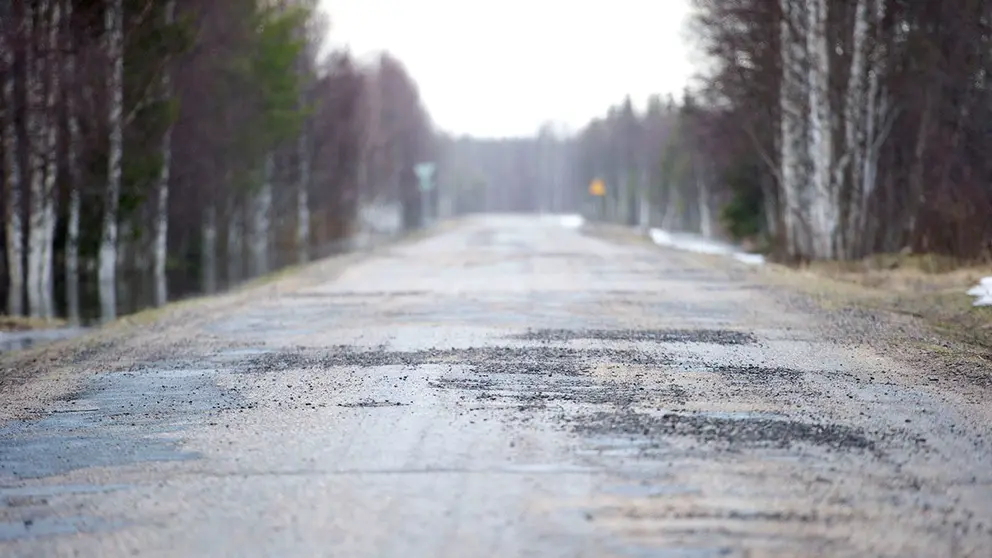This year, Finland is having an exceptionally snowless winter which is damaging road surfaces and gravel roads in many places, says the Finnish Transport Infrastructure Agency (FTIA or Väylä in Finnish) in a news release.
The FTIA predicts that due to the lack of snow on the roads, the authorities responsible for road maintenance will have "more potholes to patch than usual next spring."
This is real especially in southern Finland. For example in Uusimaa (Helsinki capital region) that has not seen snow this winter, road surfaces have deteriorated more rapidly, partly due to the constant friction of winter tyres. The road surfaces are taking a beating, as tyres force water into road surface cracks.
“Traffic and water together create even bigger potholes. At worst, a pothole can grow in a few hours large enough to hinder the traffic,” says Pekka Rajala, Director, Road, at the FTIA.
The Transport Agency considers a cold winter would be more ideal for road surfaces when they are protected by a thin layer of snow and sub-zero temperatures. Director Rajala therefore hopes it snows soon in the south too.
Can a potholed road be patched in the winter?
“Road patching in wet and cold conditions is difficult. In the winter, we can make temporary patches that are replaced with permanent ones in the spring and summer,” says Rajala.
Patching has caused higher than normal costs for road maintenance services. The maintenance of gravel roads, too, has been exceptionally costly this winter. Although there has been less need for snow ploughing, the mild winter has not meant saving costs.
“In addition to patching potholes, gravel roads have required more maintenance than usual due to frequent freezing and thawing. New gravel has had to be added especially to roads in Southwest Finland to ensure their accessibility,” says Rajala.
Snowing heavily in the north
Although southern Finland has been almost snowless, the situation in the north has been different. There has been record snowfall in Northern Finland, with snow-plough equipment being in constant use. This has increased contractors’ costs, according to FTIA.
The north and east of the country have also seen sub-zero weather followed by frequent rains that have hampered anti-skid treatment. Rainwater freezes quickly on a cold road surface and dilutes the road salt. If grit is used in anti-skid treatment, it may remain in the ice when the water freezes on the surface of the road.
More road resurfacing next summer
Potholes left by the winter will be fixed during the spring and summer. Arterial roads also have a backlog of potholes that had been created earlier. Last summer, the amount of road resurfacing was exceptionally small because of lack of funding, just over 1,700 kilometres. "This year, the situation looks better," the FTIA says.
“Road resurfacing contracts are now being tendered. The final price level will depend on the amount of resurfacing work done next summer. The amount of resurfacing next summer, however, is going to be significantly larger than in 2019. I think we will be able to do nearly twice as much road resurfacing,” says Rajala.











